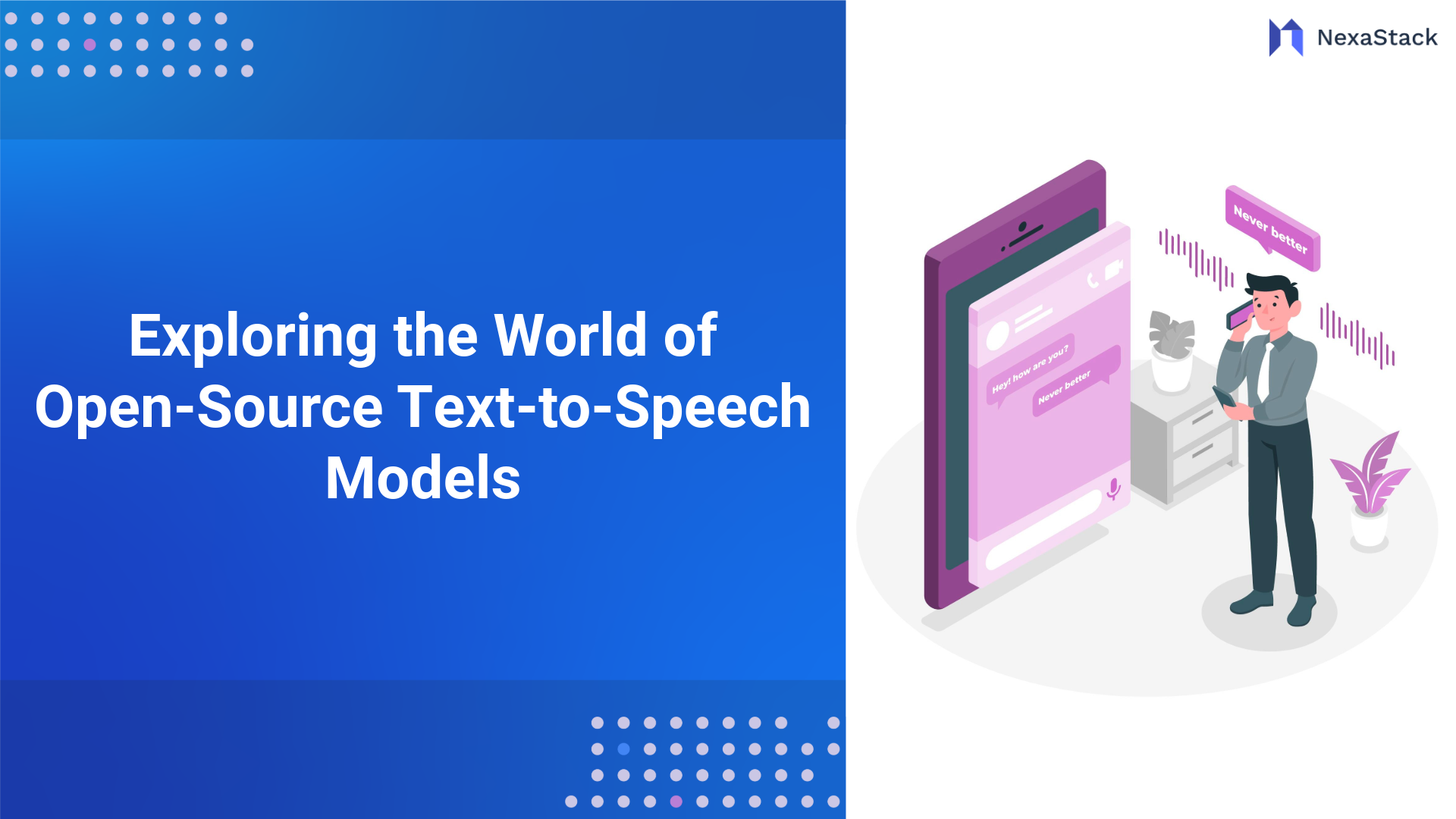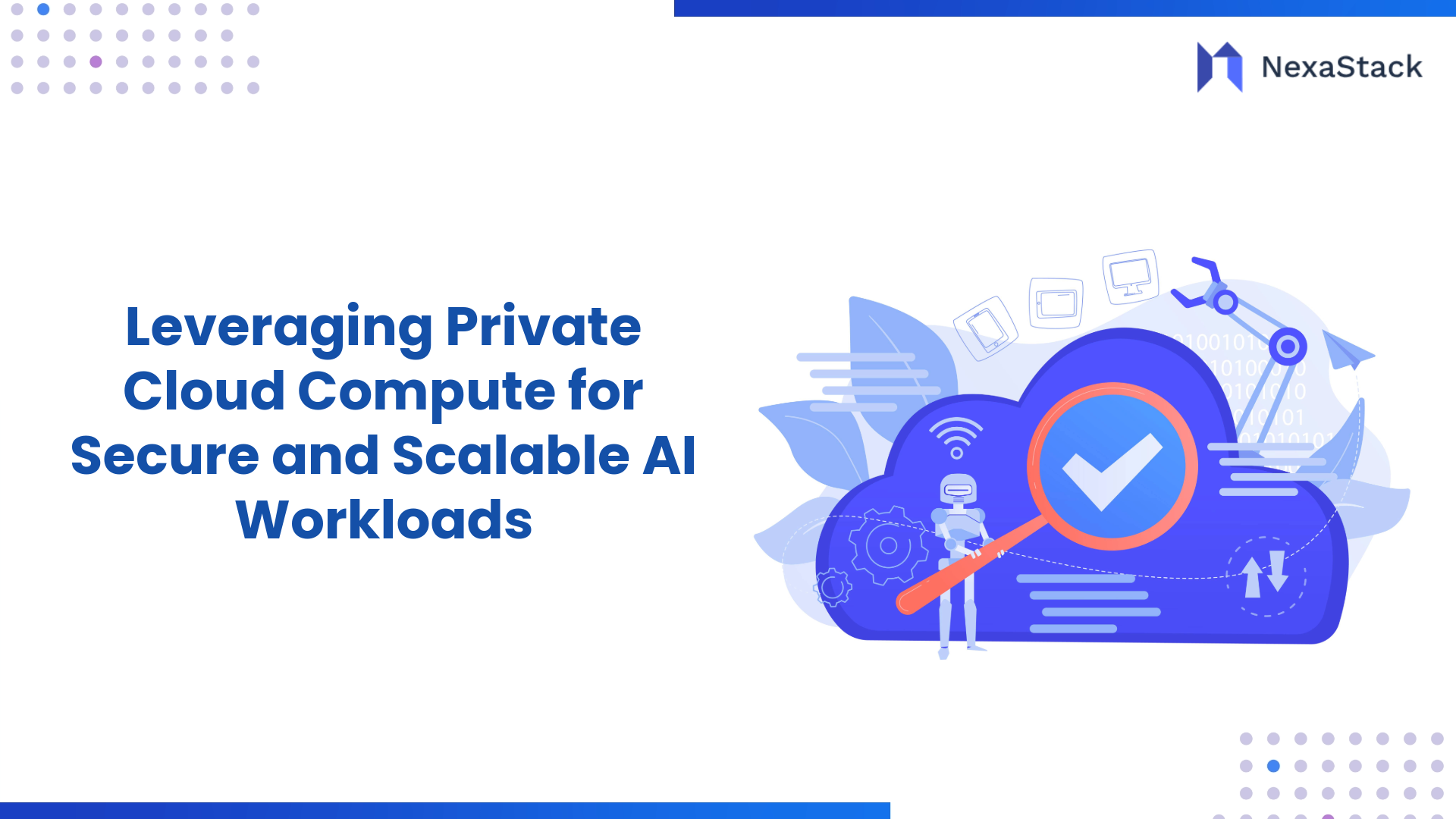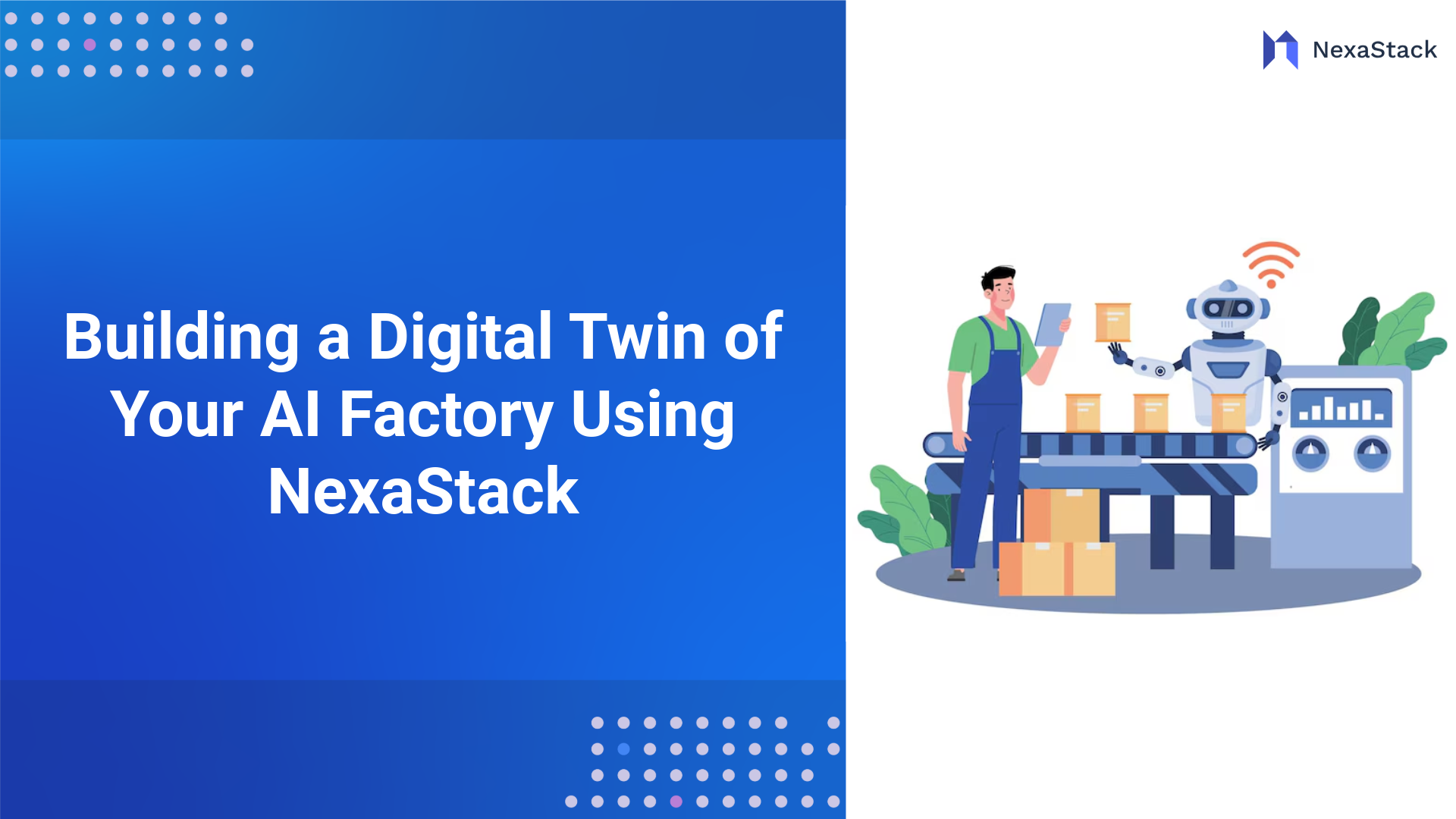Key Components for Implementation Success
To implement optimised ML workflows, we need to plan for resources carefully. If we list out the key requirements:
-
Infrastructure: We can use high-performance computing resources such as GPUs or TPUs to enable fast training and inference. Cloud platforms such as AWS, Azure or Google Cloud in conjunction with DeepFlow are effective services for dynamic workloads to scale.
-
Data Pipeline: Data pipelines must ensure we are using clean, accessible, and secure data. Various tools, such as Apache Kafka or cloud-based systems like Tensorsync, allow you to stream data in real time in products that may be useful for your applications, e.g., predictive maintenance.
-
Workforce: Data scientists, ML engineers and business essentialists (DevOps) must be able to work with each other seamlessly. For example, you can use online training programs to improve their skill level concerning ModelGuard and the various tools.
-
Security and Compliance: Where we are working with sensitive data, we must have security and compliance in place to include encryption, access control, audit trails, etc. For example, ModelGuard provides compliance features that will assist organisations to comply with various regulatory requirements, e.g. GDPR and CCPA.
-
Monitoring and Logging: With deployed monitoring systems, we can monitor the performance of our models, including latency and drifting. DeepFlow provides dashboards that showcase the current performance, enabling easier identification of issues downstream.
As an example of how a company that is implementing the MAAP requirements can be successful, consider a manufacturing company where we use TensorSync to better optimize their supply chain models. In doing so, they significantly improved their downtime by 15% from predictive maintenance of their machines.
Establishing Workflow Governance and Compliance
A governance framework ensures compliance with policies, ethics, and regulations in the context of machine learning workflows. A governance framework effectively introduces innovation while protecting against risk in the deployment of machine learning (ML), which can ultimately improve trust in ML-based systems. Important elements of a governance framework include:

- Model Lifecycle Management: Develop and maintain a model development, validation, deployment, and retirement process. ModelGuard includes automation to track the model lifecycle with transparent audit records to ensure accountability.
- Ethical AI Guidelines: Articulate standards related to interpretability, fairness, and bias mitigation. For example, DeepFlow has modules that provide explainability to offer interpretable outputs from models. This is particularly critical for industries such as health care.
- Risk Assessment: Regular audits of models are needed to assess risks, such as data drift and adversarial attacks. TensorSync includes functionality to support anomaly detection and will highlight situations that may be at risk as they take place.
- Stakeholder Alignment: Engaging business perspectives, data scientists, and compliance activities will result in workflows that contribute to strategic objectives and guidelines for improving governance frameworks.
With a governance framework in place, organisations will be able to scale ML capabilities with confidence. One interesting example is that a telecommunication provider has deployed ModelGuard to govern the execution of its customer churn models, an important step in ensuring fairness while improving retention by 10 per cent.
Performance Gains Through Workflow Optimisation
Optimised ML workflows enhance performance across technical and business metrics. DeepFlow (using deployment tools and pre-written code combined with TensorSync) generate:
-
Faster Deployments: With CI/CD pipelines using xAI DeepFlow, deploying models takes about 70% less time, resulting in faster cycles.
-
Better Accuracy: Because TensorSync monitors data and includes automated training to ensure models continue to be accurate, organisations can update models when needed, regardless of changing data distributions.
-
Better Use of Resources: Dynamic resource allocation decreases the cost per compute. ModelGuard optimises GPU, leading to energy savings of about 25% in high-res deployments under model deployment and orchestrating GPU resource usage.
-
Improved Reliability: Modelguard's automated drift detection and rollback ensure continued performance. A logistics company, for example, realised 99.9% uptime for its route optimisation models while using DeepFlow.
These benefits not only improve the ML process but also translate to business results. For example, in the healthcare space, patient risk prediction improved the accuracy of patient diagnostics by 12% while maintaining a high patient outcome and lowering costs.
Measuring ROI in ML Production Pipelines
Calculating the return on investment (ROI) for optimized ML workflows requires a holistic measure considering qualitative and quantitative value. Key metrics include:
-
Revenue Impact: This metric measures revenue increases from better products or services. For example, DeepFlow (e.g. as a solution for personalised recommendations) increased sales by 18% for an e-commerce provider.
-
Cost savings: This metric measures the reduction in operational costs for things such as computer resources and people resources. For a ModelGuard automation solution, deployment savings can be upwards of 30%.
-
Time to value: This metric measures the speed at which we can deliver insights from ML models used to drive value. For example, consider using TensorSync to dramatically reduce the time taken to derive analytics for your data by 40% through real-time analytics.
-
Customer Satisfaction: This metric considers the improvement customers see through an enhancement in their experiences with you (for example, measuring your change in Net Promoter Score (NPS). With the use of ModelGuard for fraud detection, a financial institution improved its NPS by 15 points.
To perform the ROI calculation, you should use:
ROI (%) = [(Total Benefits - Total Costs) / Total Costs] * 100
Summary and Strategic Takeaways
When you accelerate production, the optimised ML workflows achieved with deployment technologies such as DeepFlow, TensorSync, and ModelGuard drive productivity excellence equivalent to technical prowess and business objectives. To create a solid foundation, successful organisations have a distinct value proposition, thoughtful enterprise integration, planned implementation, institutional governance, and meaningful, measurable benefits. Organisations are also comfortable aiming to measure ROI to depict and justify the value of their commercial activity and rationale for investment.
As industries leverage ML as a differentiator, developing optimized workflows constitutes a best practice. ML systems with automation and governed contexts can ensure consistent, trusted, and scaled impact when supported by an orchestration of technological processes that include a well-defined enterprise architecture and scalable infrastructures safe for integration into the enterprise. Enterprise architecture, operational efficiency and scalable infrastructure supply organisations with pathways to greater degrees of innovation, emergence and growth.




